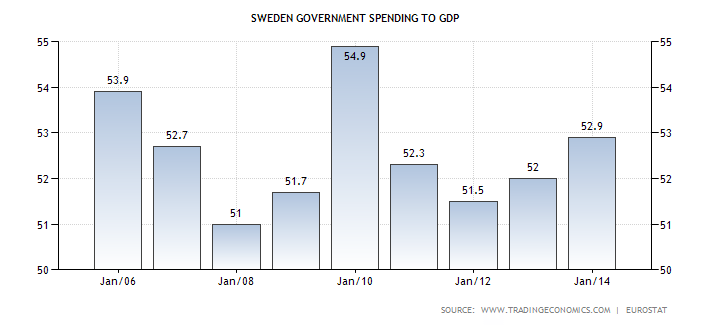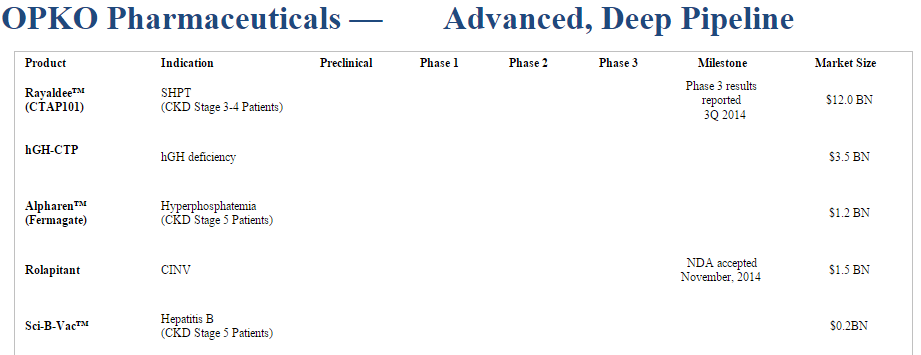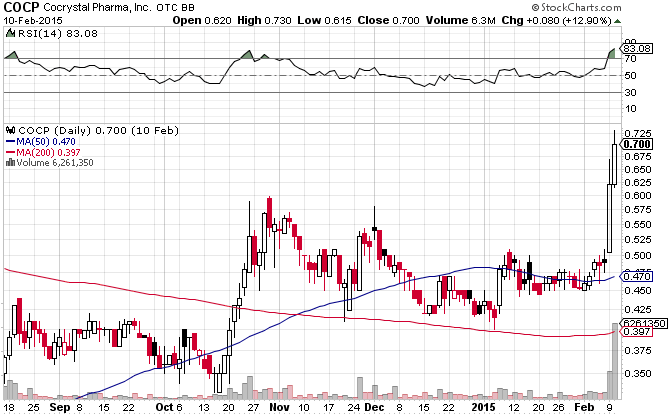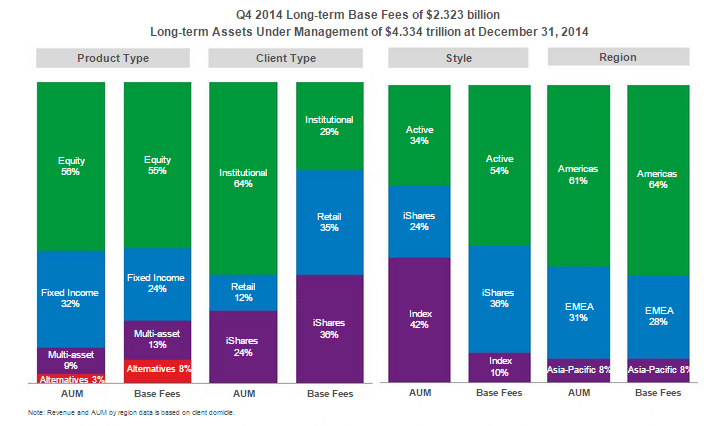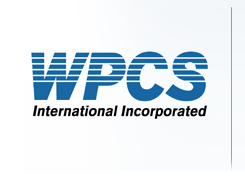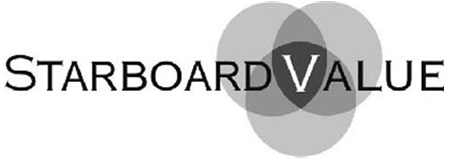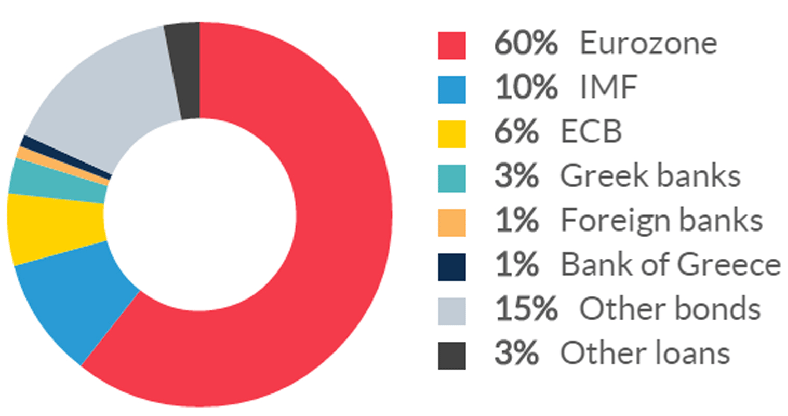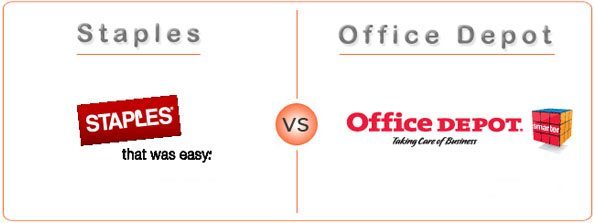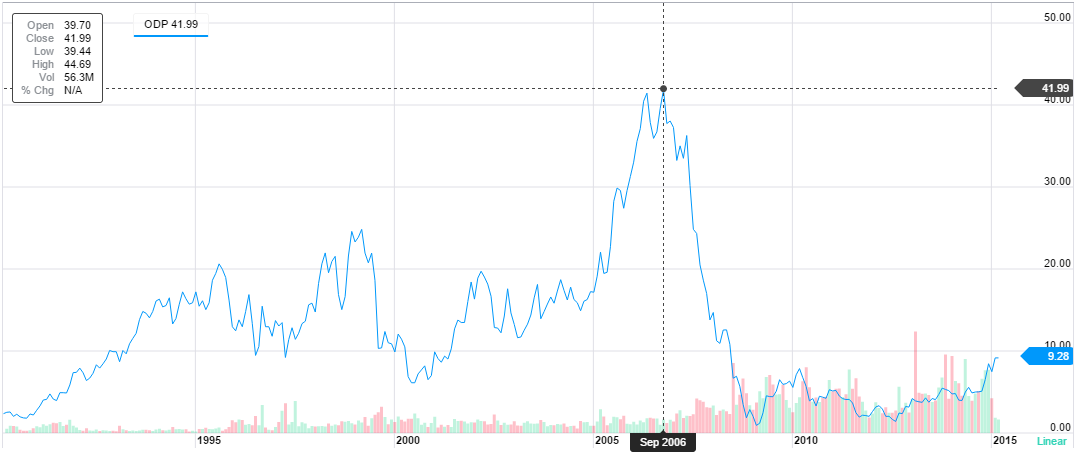On May 19, 2015, junior stage development biotech company Prima BioMed Ltd (PBMD) announced the final data for its CAN-003 Phase II trial, with the data coming after five years of collection. The results seemed overwhelmingly positive, and hitting markets pretty much concurrent in the grand scheme of things to a number of other positive announcements, sent biotech investors into a frenzy. By market close, the company’s stock was up over 1000%, and a number of market analysts were not only justifying the increase, but also calling for further gains. Now the dust has settled a bit, was the increase in Prima’s market capitalization valid, what can we make of action since, and – ultimately – where is the stock likely to be headed over the coming 12 months? Let’s take a quick look.
In order to understand the data and its ramifications, we must first take a quick look at what the company does, and how the treatment in question works. The announcement reported the final data for a treatment called CVac, which is currently undergoing trials for targeting ovarian cancer. The treatment is autologous, which essentially means it is introduced to the body through a form of grafting, and it uses a patient’s T cells to stimulate the immune system into attacking of varying cancer cells. Through process called apheresis a doctors remove a patient’s blood (little over 100 mL in total) and spins it in a centrifuge. This spinning separates out the different elements of the blood and plasma, one of which is something called the dendritic cell. Dendritic cells are used in the body to present antigens to the immune system and stimulate appropriate responses to these antigens. In this instance, the dendritic cells (once removed) are combined with the something called mannan-mucin-1 fusion protein, with mucin a protein and mannan just a type of sugar that speeds up the absorption of the protein by the dendritic cells. A doctor then injects the manipulated dendritic cells into the patient, the cells combine with T cells and turn them into “killer T cells”, which then attack ovarian cancer cells.
So, with the science out of the way, what did the results show? Well, out of a group of n=20 second remission patients, the median overall survival rate for standard of care patients (with the standard of care just referring to traditional chemotherapy and radiotherapy) was 25.53 months. For patients treated with CVac, however, 42 months have gone by, the study has completed in closed, and the median has still not yet been reached. Even without this reaching, the data suggests that for CVac treated second remission patients there is a minimum of 16 months median survival advantage.
In response to the results, and alongside their announcement, Lucy Turnbull, Chairman of Prima BioMed, commented:
“This final clinical data for CVac is most encouraging for cancer patients in second remission. We sincerely thank all patients and medical staff who have participated in the trial over the last five years. Our concerted focus will now be to find a development partner to make CVac widely available to cancer sufferers around the world.”
So, it looks like the results were positive, and the science backs up the drug’s efficacy. But, as ever, with biotech, getting excited early on can be very risky. So, what do we need to see from the company before we can say it’s a good bet for the future? Well, most standard FDA approved treatments (those granted accelerated approval aside) require a phase 3 trial which proves efficacy on a much wider scale than previous phase 1 and phase 2 trials. In order to take the CVac through this trial, Prima will need a commercial sponsor to both help fund and help manufacture the treatment on the scale required. Sometimes this will be one of the large pharma companies in the US, and sometimes not. Regardless of who the commercial partner is, we will be looking for the announcement before we can safely recommend the company longer-term.
Having said this, Prima has recently announced a partnership with NEC Corporation and Yamaguchi University, a $15 million investment from health care investor Ridgeback, and the receiving of a financial milestone payment from GlaxoSmithKline plc (GSK). All these announcements are the kinds of developments that can translate to further excitement in the markets, and – since we are now trading at around a 50% discount from highs reached as a result of the CVax announcement – Prima may present an attractive speculative allocation for the more risk tolerant investor.




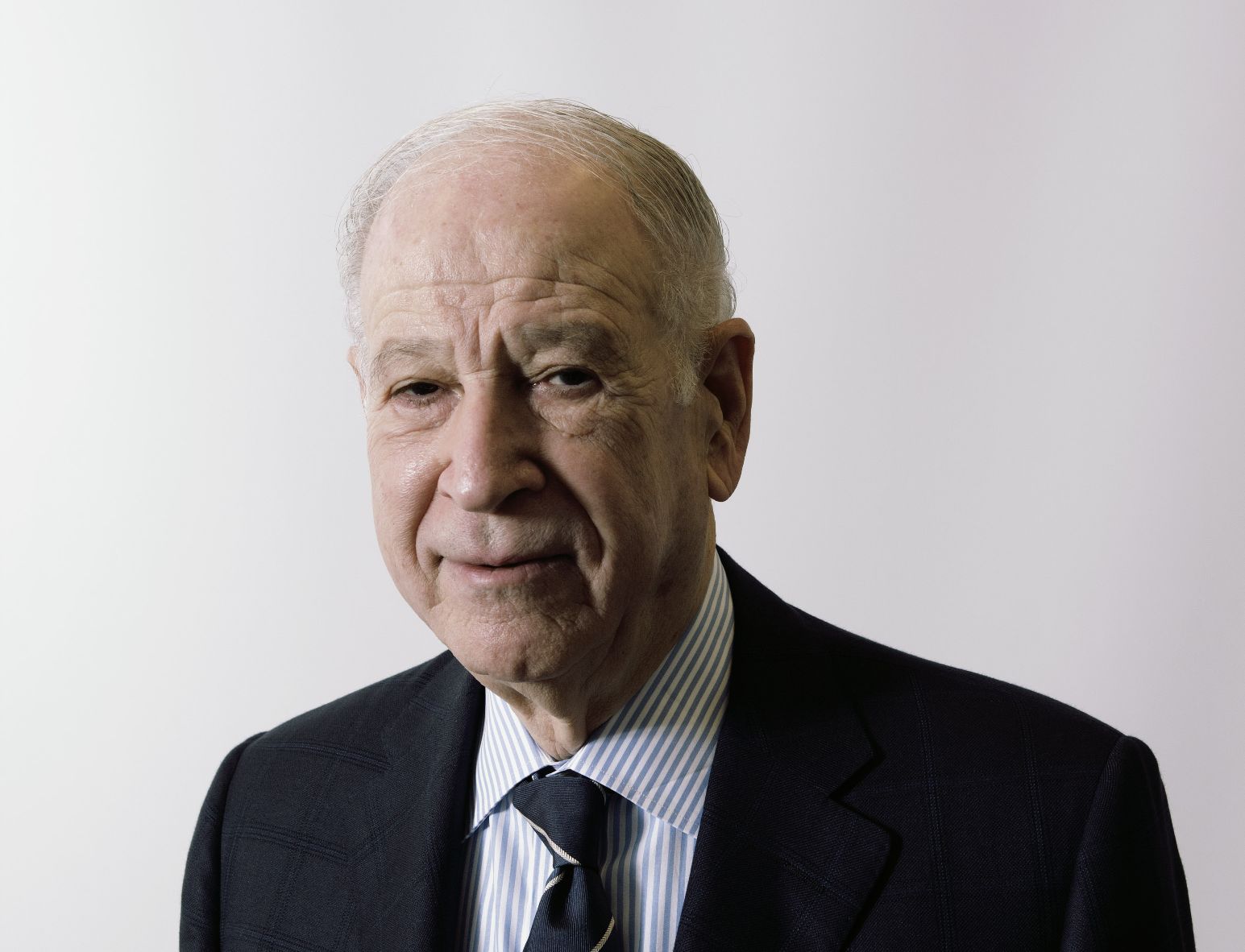

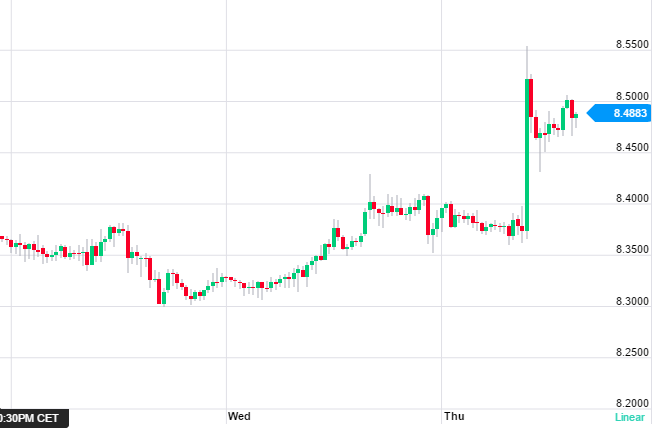
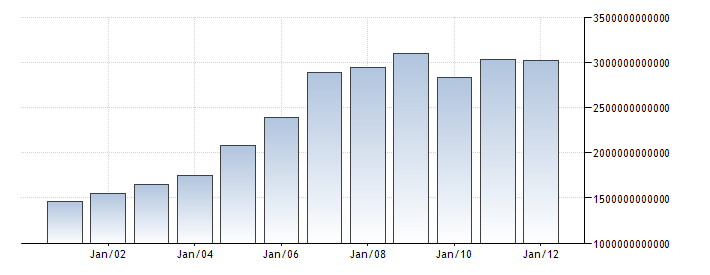
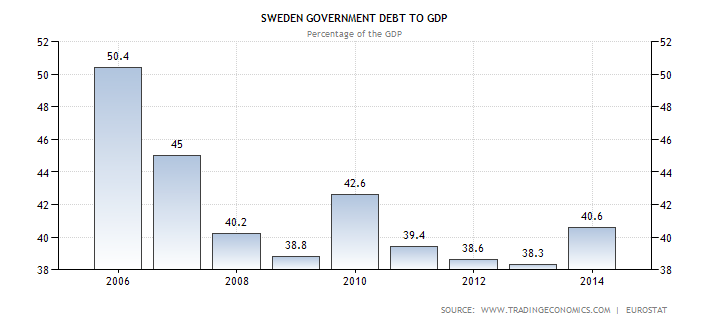 Spending is also stable relative to GDP, and has fluctuated between 51% and 55% of GDP for nearly a decade.
Spending is also stable relative to GDP, and has fluctuated between 51% and 55% of GDP for nearly a decade.